
LAND ROVER FREELANDER (1997-06) 3DR HARDBACK 1.8 MAASAI
The LAND ROVER FREELANDER (1997-06) 3DR HARDBACK 1.8 MAASAI is a versatile compact SUV that appeals to those seeking a practical family vehicle or an adventure-ready car with a touch of luxury. As a 3-door hardback model from the first-generation Freelander lineup, it sits comfortably in the used car market as a reliable, easy-to-handle choice for city driving, light off-road adventures, and weekend trips. Known for its distinctive design and reputation for durability, the Freelander MAASAI version offers a comfortable ride, decent cargo space, and straightforward features, making it a popular option among families and first-time buyers alike.
What makes this particular model stand out in its class is its blend of off-road capability with everyday usability, offering a unique appeal compared to traditional hatchbacks or smaller SUVs. Its robust build, combined with a typical mileage around 92,000 miles and an average private sale valuation of approximately £605, suggests it can be a budget-friendly yet dependable option if well maintained. In the competitive landscape, the LAND ROVER FREELANDER (1997-06) 3DR HARDBACK 1.8 MAASAI remains notable for its iconic design, versatility, and reputation for off-road prowess, making it a worthwhile choice for those seeking a distinctive, capable vehicle that can handle various driving environments.
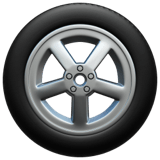
average use
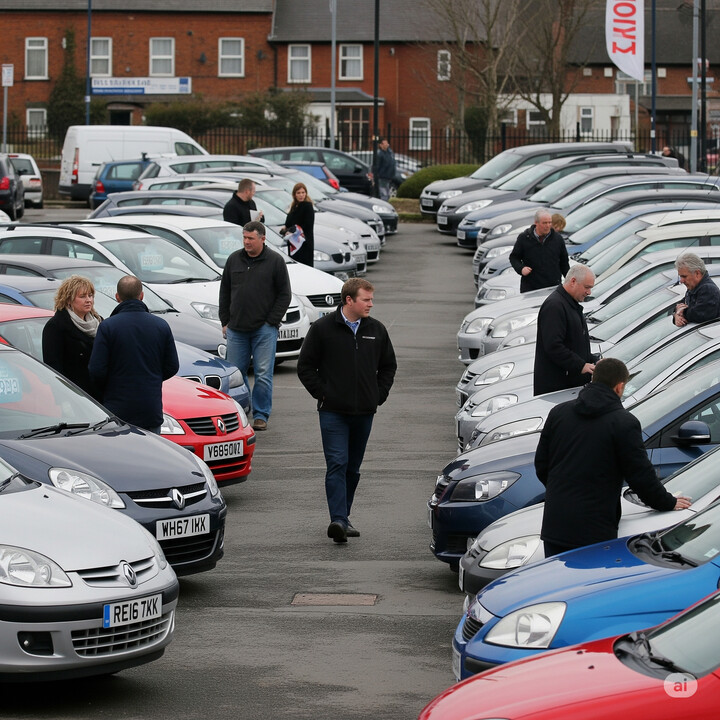
The recent mileage records for the Land Rover Freelander (1997-06) 3DR Hardback 1.8 Maasai show an even distribution among three mileage ranges: 70,000-80,000 miles, 90,000-100,000 miles, and 130,000-140,000 miles, each accounting for approximately one-third of the data. Notably, there are no records within the mid-range mileages such as 80,000-90,000 miles or 100,000-130,000 miles, which could suggest gaps in data collection or specific usage patterns for these vehicles.

vehicle values
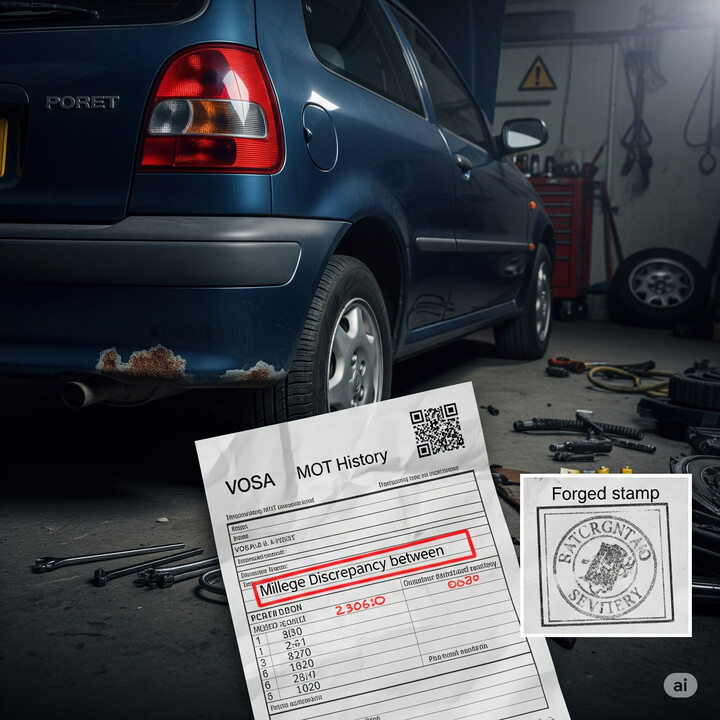
The data indicates that the private sale price for a Land Rover Freelander (1997-06) 3DR Hardback 1.8 Maasai is consistently valued at or below £1000 in the UK. This suggests that, within the private sale market, these vehicles are generally considered to have a low market value, possibly due to their age, condition, or market demand. The fact that the entire valuation range is reported as 100% at the £1000 mark highlights a narrow valuation band, emphasizing that most private sales are likely to be in that lower price bracket.

production years
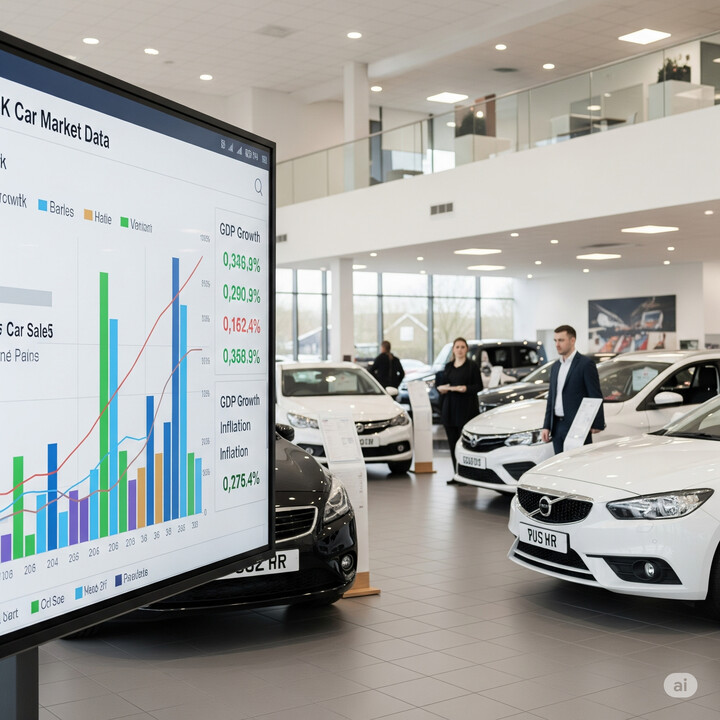
The data indicates that, for the sample of Land Rover Freelander (1997-06) 3DR Hardback 1.8 Maasai vehicles, all recorded vehicles—100%—were manufactured in 2003. This suggests a significant concentration of this particular model year within the dataset, implying that the majority of these vehicles on the road or in the database are from 2003.

colour popularity
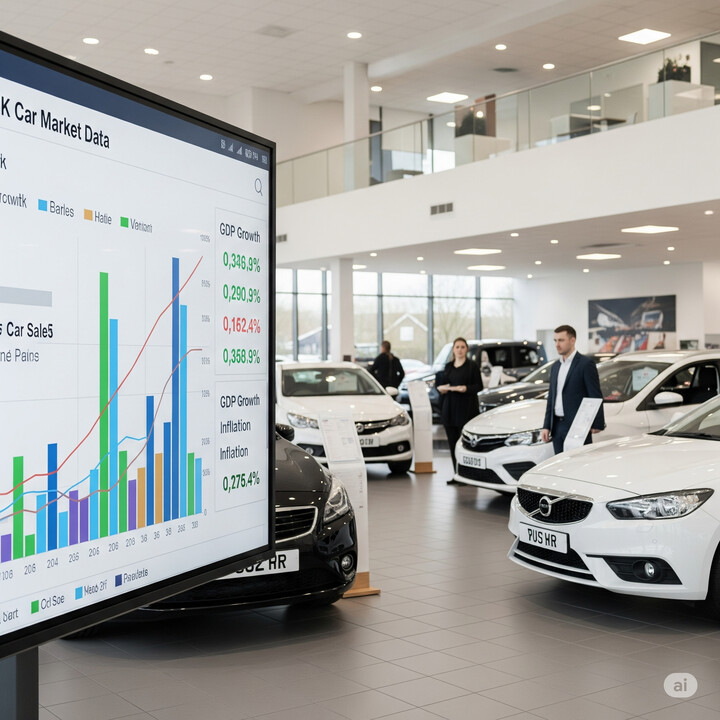
The data indicates that, for the sampled LAND ROVER FREELANDER (1997-06) 3DR HARDBACK 1.8 MAASAI vehicles, the main paint colour is consistently red, accounting for 100% of the sample. This suggests that the Maasai variant predominantly features a red exterior, which could be a characteristic colour choice or a standard specification for this model and trim during its production run.

ownership cycle
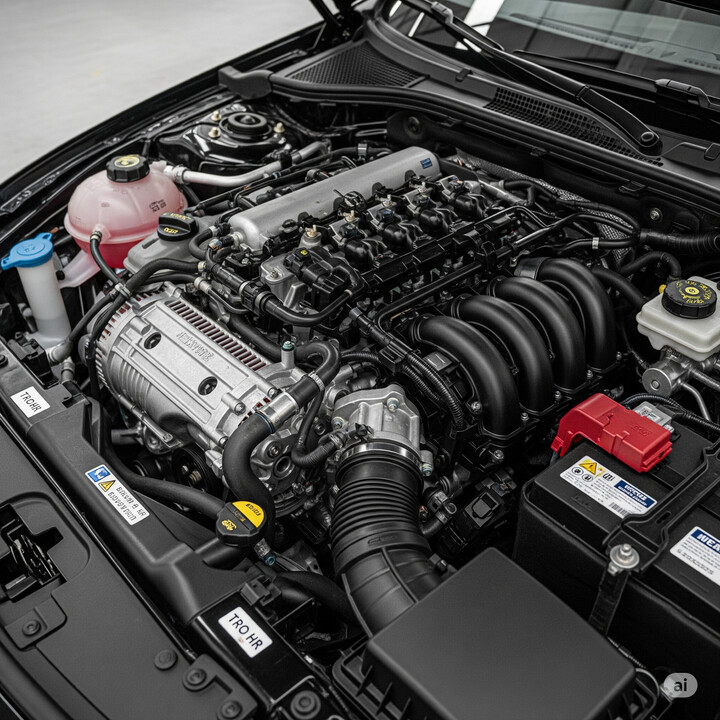
The data indicates that for the Land Rover Freelander (1997-06) 3DR Hardback 1.8 Maasai model, the vehicles have been registered by three different keepers, each accounting for approximately one-third (33.3%) of the total. Specifically, the number of registered keepers are 8, 2, and 6. This suggests a relatively diverse ownership history with no single individual or entity dominating ownership, which could imply the vehicle has seen varied use over time.

engine choices

The data indicates that all vehicles of the 'LAND ROVER FREELANDER (1997-06) 3DR HARDBACK 1.8 MAASAI' model in the sample are equipped with a 1.8-litre petrol engine. Notably, there is a 100% prevalence of petrol fuel type among these vehicles, suggesting that petrol is the sole fuel option for this particular model and specification in the dataset. This uniformity may reflect the engine specification choices available during its production period or the popularity of petrol over other fuels for this vehicle.












